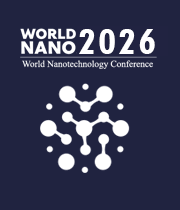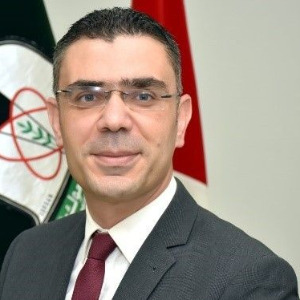Title : Lipid nanoparticles formulations: From bench scale to industrial scale
Abstract:
Lipid nanoparticles are self-assembling vesicles obtained by hydrating a mixture of non-lipids and cholesterol and are suitable as carriers of drugs and biopharmaceuticals. It is desirable to be able to accurately control size and polydispersity of the vesicles as this can impact on biological outcomes. Moreover, its crucial to formulate these nanoparticles in a scalable method that can be used in industrial settings. One approach that has been successful for lipid-based systems is the use of microfluidic mixing which allows for the precise control of the generated nanoparticles. Microfluidic mixing has been compared with a traditional method such as thin film hydration method and heating method using niosomes as a model nanoparticle.
Niosomes are lipid bilayer vesicles that are composed of non-ionic surfactant. These nanoparticles were successfully prepared by microfluidic mixing which is a recently developed method used to prepare lipid-based nanoparticles and results in the production of small vesicles with efficient encapsulation of a therapeutic agent. To prepare niosomes using microfluidic mixing, specific volumes from each stock solution of the lipids components will be mixed together to prepare the lipid phase. The lipid phase will then be injected into the first inlet and the aqueous phase into the second inlet of the microfluidic microchannel, with the mixing temperature set above the phase transition of the lipids. The flow rate ratios (FRR) between the aqueous and organic phase and the total flow rates (TFR) of both phases are among the factors that control the particles production using this method.
The generated niosomes were compared with the niosomes that have the same components but prepared with different methods such as the thin film hydration method which usually will be followed by extrusion step for size reduction.
The size of niosomes produced by microfluidic mixing was controlled by altering the FRR and TFR in both the lipid and aqueous phases. In contrast, niosomes prepared by the TFH method and heating method were large, polydisperse, and required a post-manufacturing extrusion size reduction step (around 4µm ± 0.2 before extrusion). A stability study for the prepared niosomes at four temperatures (4, 25, 37 and 50°C) for 4 weeks indicates that the vesicles were shown to be stable in terms of size and polydispersity index (PDI).
The prepared particles were investigated for their ability to encapsulate and deliver several therapeutic agents such as doxorubicin, paclitaxel, cisplatin, nucleic acids, and many other hydrophilic and hydrophobic molecules.



